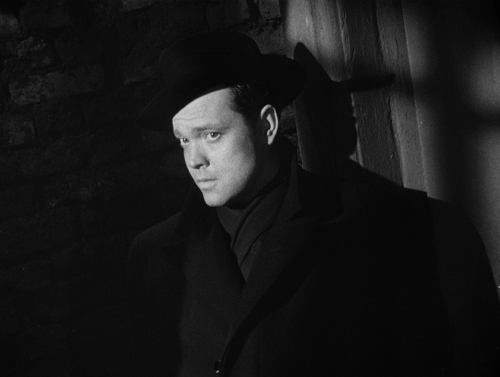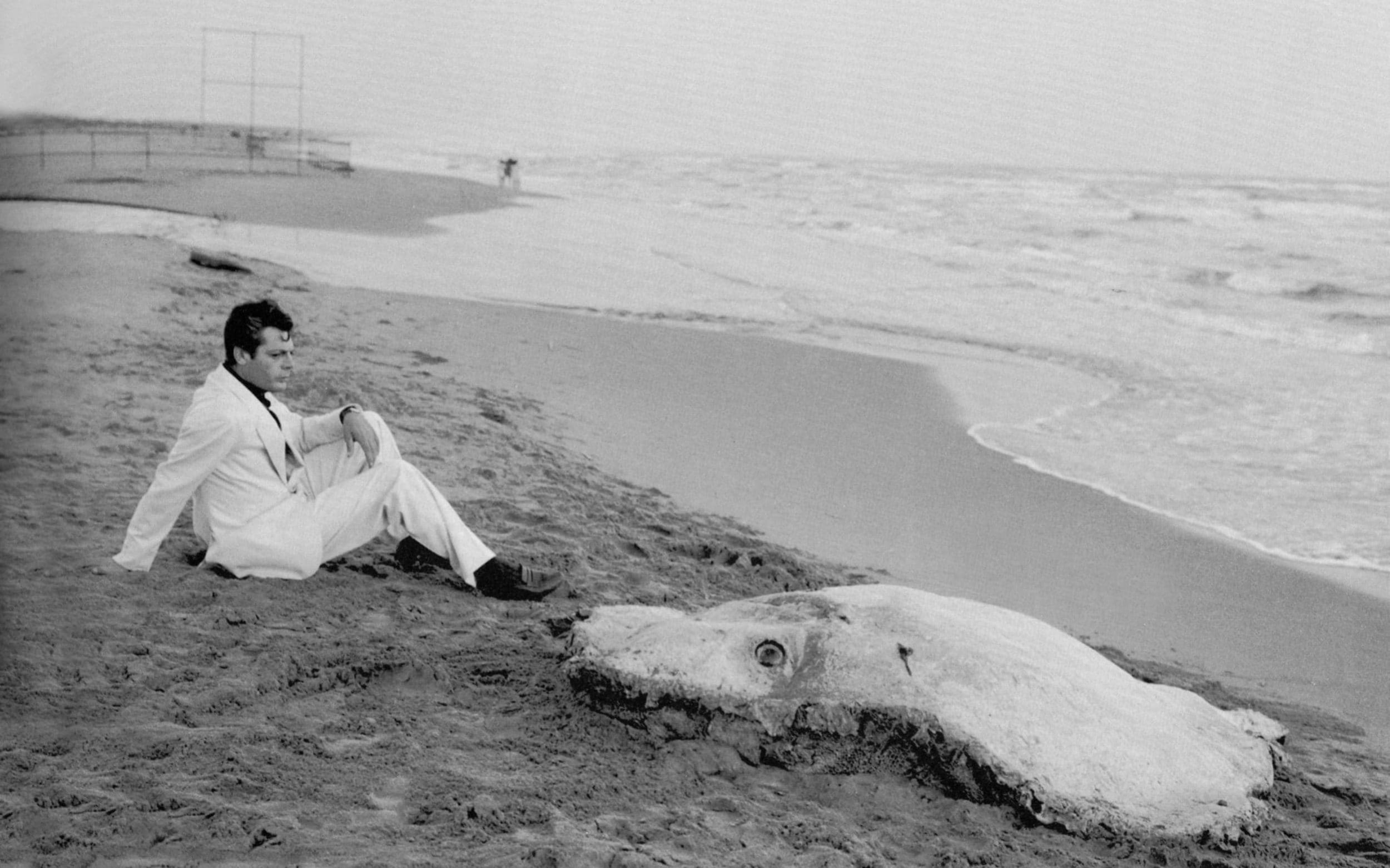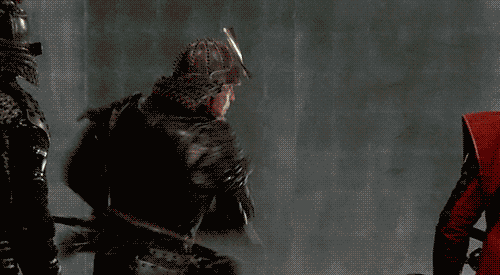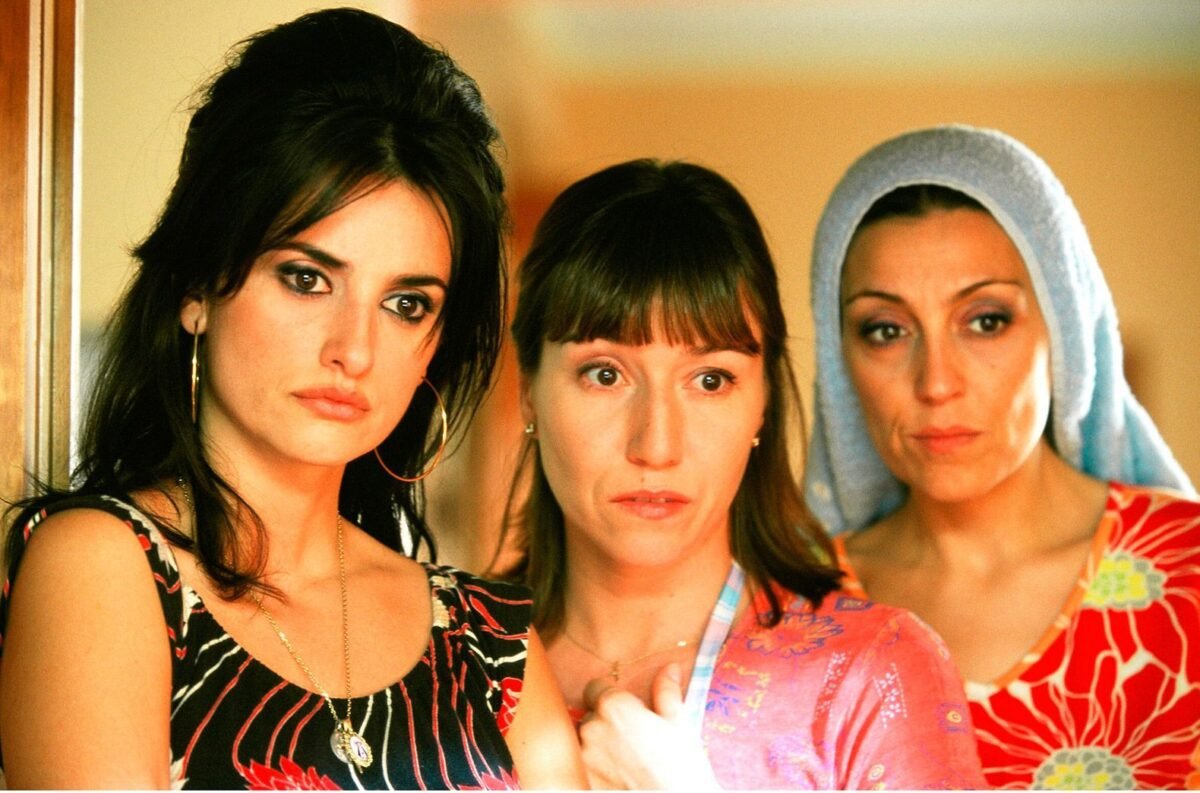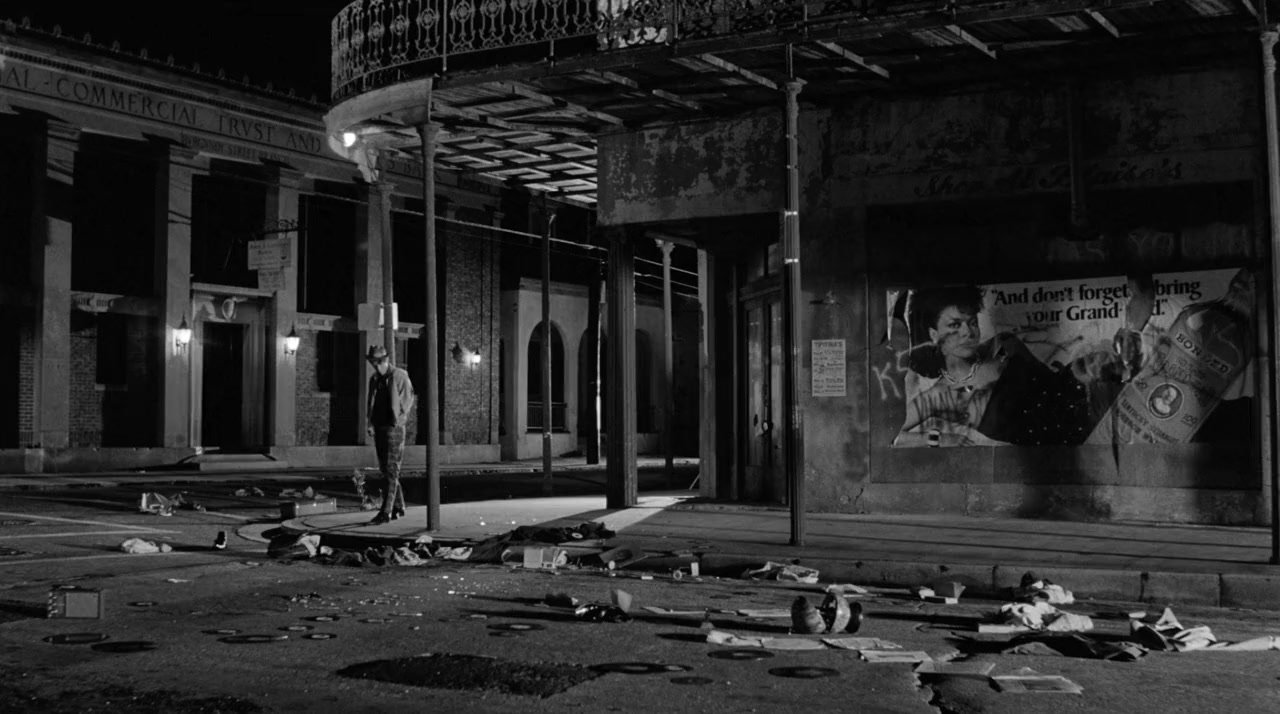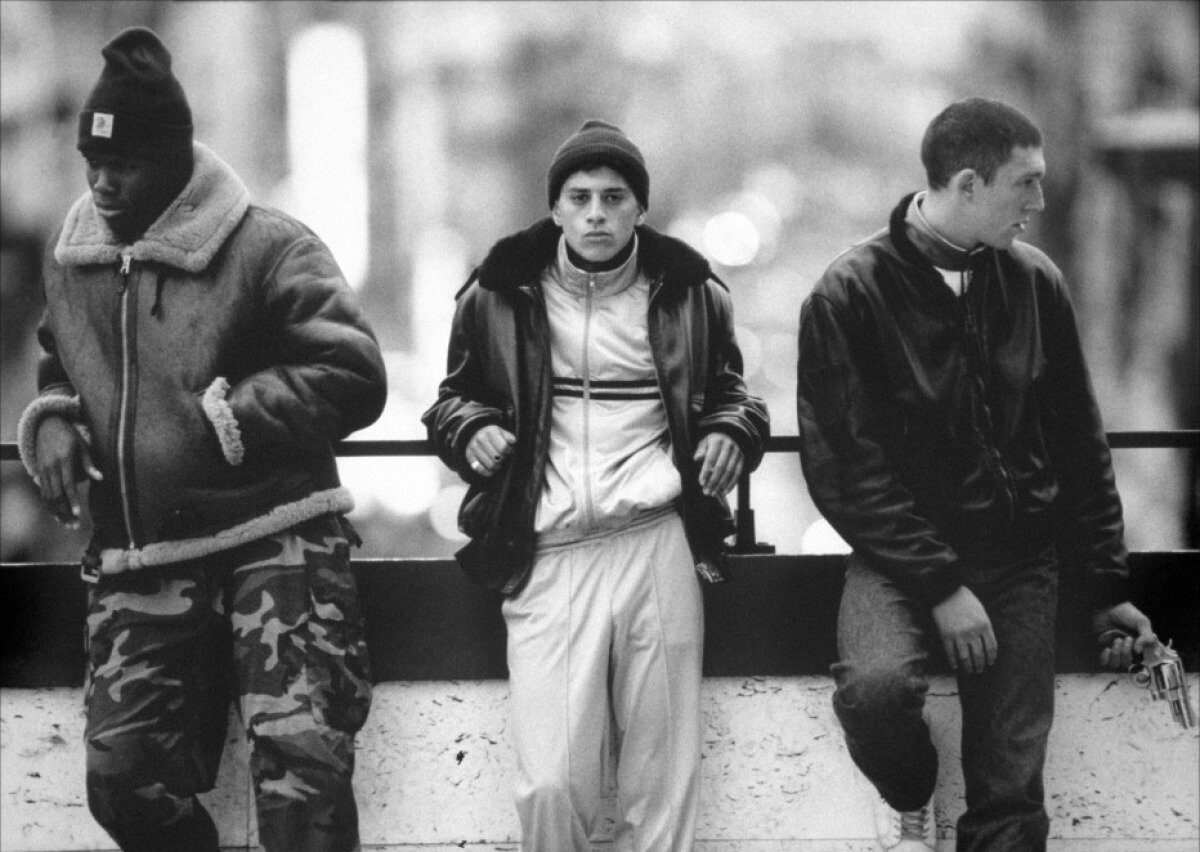2024 Tarkovsky Prize Honorable Mention: Elfriede Suárez Reichenberger
The Timeless Horror of
INVASION OF THE BODY SNATCHERS
by Elfriede Suárez Reichenberger
Editor note: We loved Elfriede’s essay but as they are a college student we could not score it as one of the placing essays but still wanted to recognize it!
In the world of film horror, success is mostly fleeting. While the idea of terrifying their audience has stirred the spirit of filmmakers practically since cinema’s inception, the enduring status of a single film as a horror classic seldom stands the test of time. Technological breakthroughs bring about new horizons and suddenly, what terrified one generation, amuses the next. It is a genre in constant need for reinvention. This begs the question of why then, almost sixty years after its initial release, Don Siegel’s Invasion of the Body Snatchers continues to make its audience’s skin crawl? The timelessness of the film lies in the viscerality of its central appeal: man’s fear of losing his humanity.
At its core, this is a simple movie. Something is a little off about the inhabitants of Santa Mira, CA; the key term here being little. This is a horror film shot in a sterilely broad daylight: so the monster lurks in the minds of men. If we follow the original 1965 film’s storyline, the inhabitants of this charming suburban daydream of a town have been replaced by identical versions of themselves while they slept by an alien race looking to move their dying species to Earth. Subsequent film adaptations have changed some of the details to infuse their take with freshness; but in truth, the devil here is not in the details ― this horror runs deeper and it takes the shape of whatever crevasses run through the minds behind the eyes that watch it.
Upon its release, the Invasion of the Body Snatchers was widely considered a thinly-veiled metaphor for the surge of Mccarthyism in the America of the fifties. In the midst of an era marked by government-planted paranoia that the enemy is among us, the seeds were planted in the minds of theatergoers and took the shape of a communist neighbor: the disruptor of hardly-earned suburban peace hidden in plain sight. But as the decade faded into the Swinging Sixties and the Generation Gap deepened, its new audiences sowed the opposite message, and toyed with a new paranoia of totalitarian government control, of losing oneself in the conformity needed to power the country’s social and political apparatus. They found their support in the rumors of censorship, with the movie’s original ending being deemed “too bleak” for the audiences of the time, perhaps because it supposedly rolled the credits right after Dr. Bennell faced the camera yelling “They're here already! You're next! You're next!" The following remakes leaned increasingly into the movie’s political undertones, against the backdrop of the post-Vietnam era, the Korean War and later, the Gulf War and the War on Terror. Regardless of the year, audiences everywhere saw the film’s potential as a mirror for the society of the time, and they didn’t doubt to look into it.
It may come as a surprise, then, that the movie’s own star said in an interview that after extensive talks with Jack Finney, the author of the novel which inspired the picture, he felt no political allegory was intended. This posture, although certainly valid, may be missing the point entirely. The film’s ability to terrify audiences across generations lies not in the political subtext that was or wasn’t undoubtedly present in each of the film’s versions, in other words, the answer to the film’s question of why the “body snatchers” are taking over the bodies of humans; it lies in the question, of whether or not we could do anything to stop them.
We could say then, maybe, that humanity's greatest fear is not just of losing itself, but doing so unknowingly. It is a fear which plagues the minds of people such as you and me, taking the shape of the horrors of war carried out by people whose government has lied to them about the nature of the enemy, or nameless figures lurking behind the shadows of power, controlling our minds, be it through our television sets or cellphones. In this sense, Invasion of the Body Snatchers may as well be a cautionary tale meant to remind its audience to take a good look around because the day in which they take over will look almost exactly like today; it’s just up to us to decide whom or what exactly “they” are.







